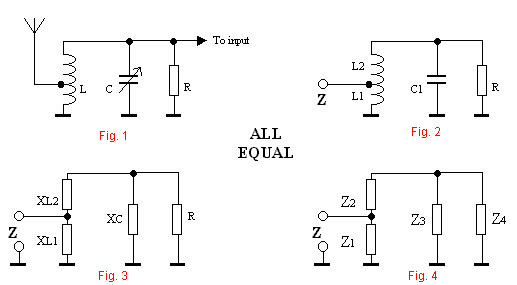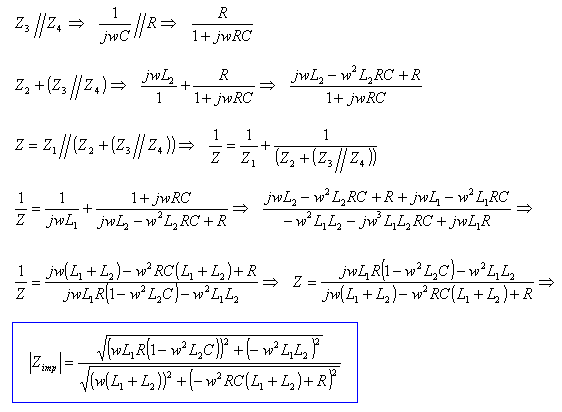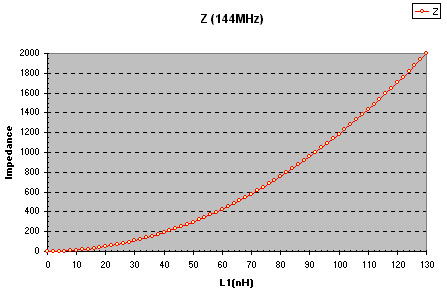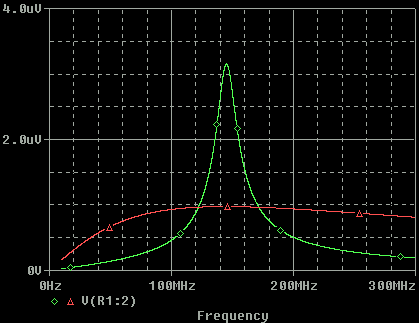 Front end design of antenna
Front end design of antenna

| w | L1 (nH) | L2 (nH) | C (pF) | R | Z |
| 904778684 | 0 | 130 | 9.4 | 2000 | 0 |
| 904778684 | 10 | 120 | 9.4 | 2000 | 11.8 |
| 904778684 | 20 | 110 | 9.4 | 2000 | 47.3 |
| 904778684 | 30 | 100 | 9.4 | 2000 | 106.5 |
| 904778684 | 40 | 90 | 9.4 | 2000 | 189.3 |
| 904778684 | 50 | 80 | 9.4 | 2000 | 295.8 |
| 904778684 | 60 | 70 | 9.4 | 2000 | 426.0 |
| 904778684 | 70 | 60 | 9.4 | 2000 | 579.9 |
| 904778684 | 80 | 50 | 9.4 | 2000 | 757.4 |
| 904778684 | 90 | 40 | 9.4 | 2000 | 958.6 |
| 904778684 | 100 | 30 | 9.4 | 2000 | 1183.4 |
| 904778684 | 110 | 20 | 9.4 | 2000 | 1431.9 |
| 904778684 | 120 | 10 | 9.4 | 2000 | 1704.1 |
| 904778684 | 130 | 0 | 9.4 | 2000 | 2000 |

